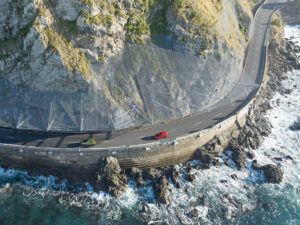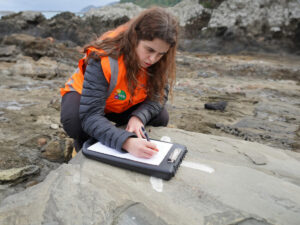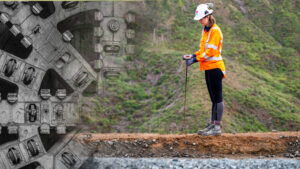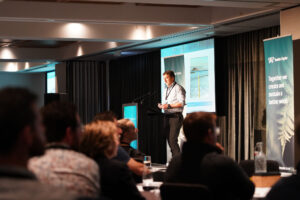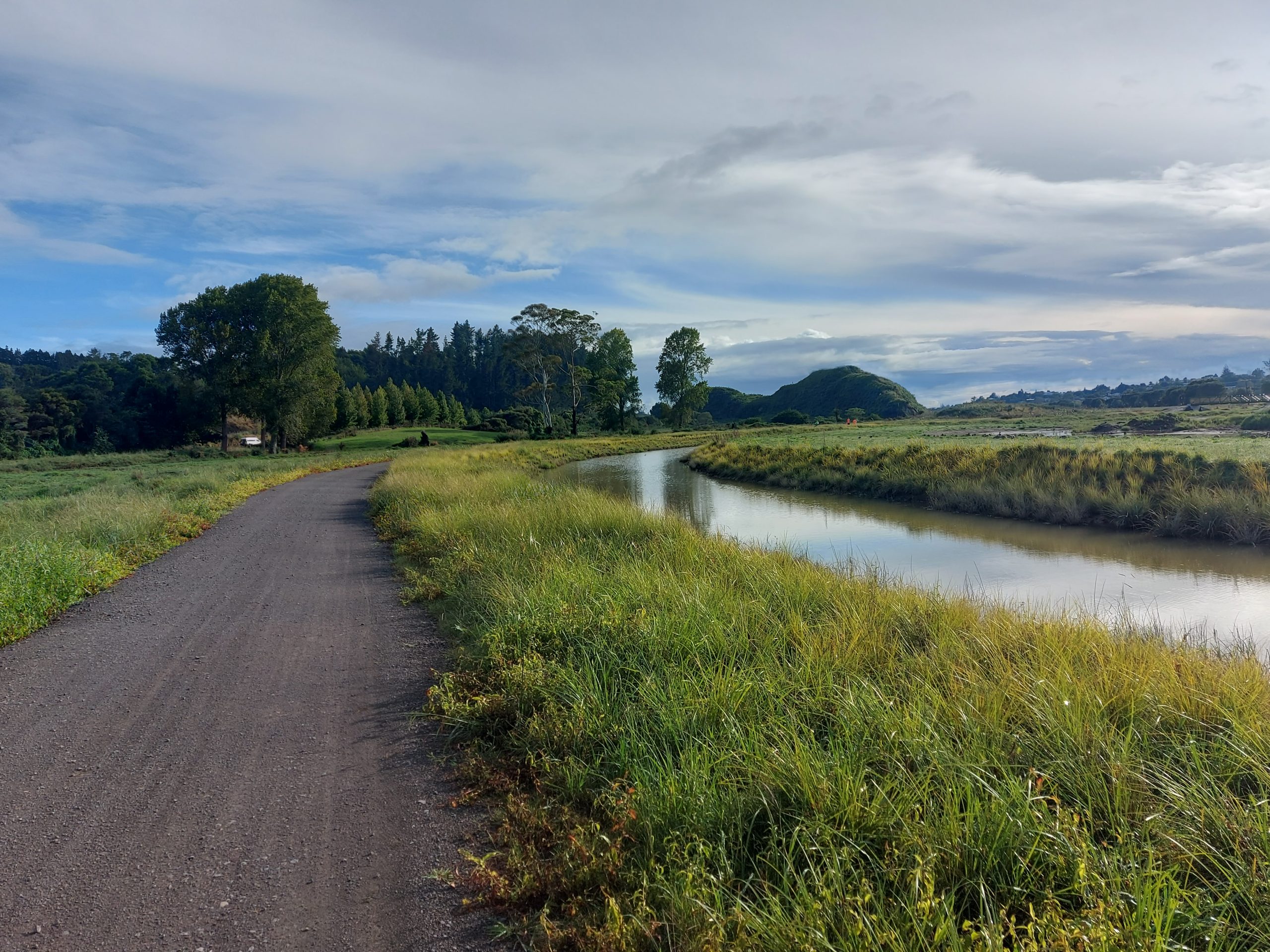Horizons Regional Council’s long-term plan and 30-year infrastructure strategy identified sedimentation effects on several flood schemes’ level of service as a significant issue to flood protection. Calling for a sediment study to explore how the council can identify and manage these risks.
Horizons Regional Council engaged Tonkin + Taylor in collaboration with Waikato University to investigate sediment processes within the Manawatū catchment and identify a range of options to reduce or manage sediment long-term.
Through a sediment study of geomorphic processes and river character, 13 river types were identified in the Manawatū and Ōroua Rivers. These different river types display unique behaviours, each responding differently to changing conditions, which means each river type requires a different suite of management actions.
A desktop analysis of geomorphic trends suggests the Manawatū River is incising over long periods (hundreds of years). But over short timeframes (10 years), some river types aggrade in response to large rainfall events. This has implications for flood risk and river management.
Other research undertaken by Manaaki Whenua/Landcare Research suggests changes in climate will likely increase the amount of sediment delivered to rivers in the region.
Changing flow conditions will see some upstream reaches aggrade as sediment supply exceeds the river’s ability to transport it, with a potential incision in downstream reaches in bankfull events. But, this material will be periodically transported downstream in low frequency, high magnitude events. Some river types can capture and store some of this sediment before it reaches the flood schemes, suggesting there are opportunities to work with the existing river processes to provide nature-based flood management solutions.
Suggestions of future sediment management included supporting and enhancing naturally occurring sediment trapping and storage functions or reducing bed incision if this affected downstream flood risk. Options included increasing floodplain engagement, increasing wetland engagement, increasing river length, implementing two-stage channels, relocation of stop banks as well as sensitive and river-type appropriate bed and bank erosion mitigation measures.




